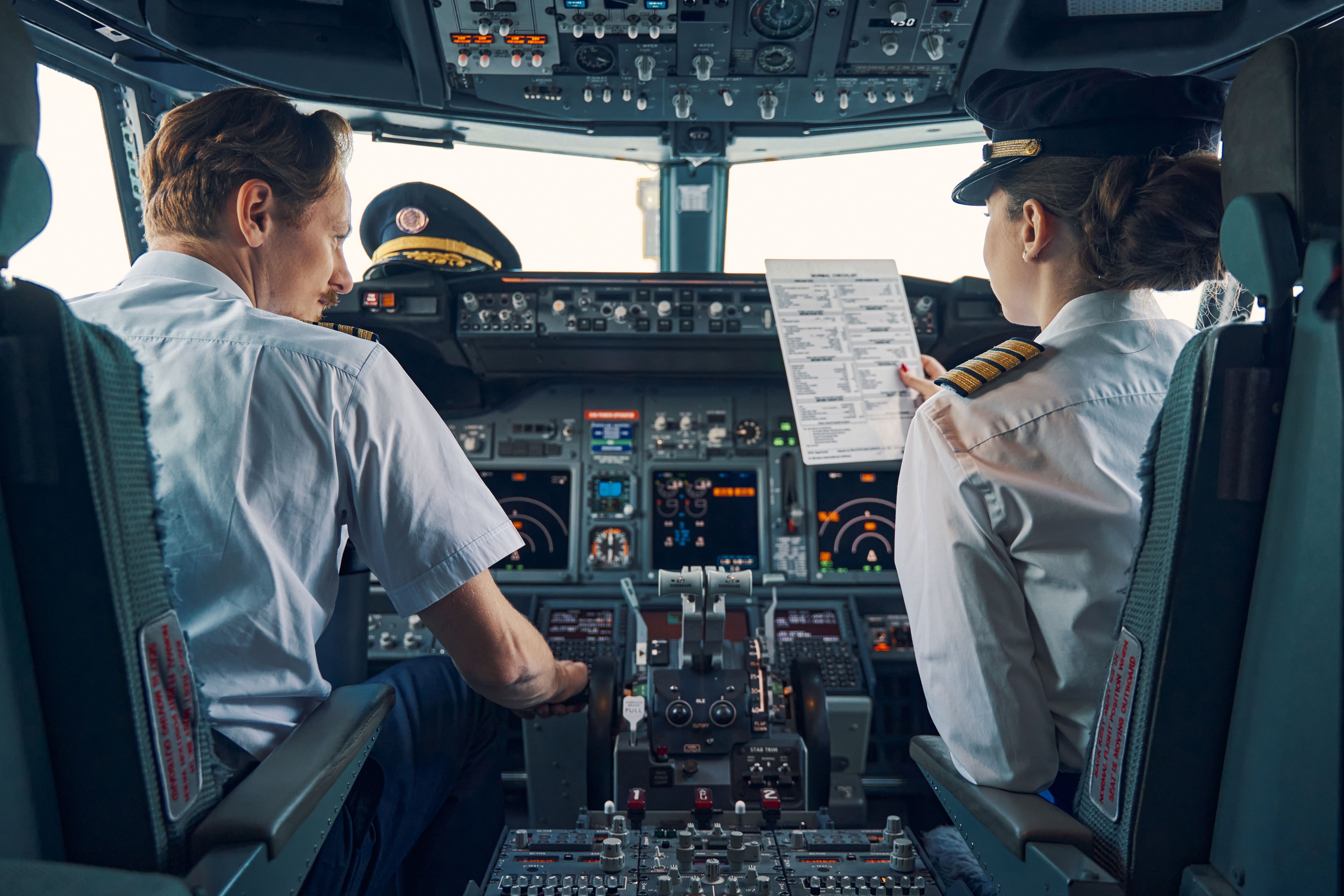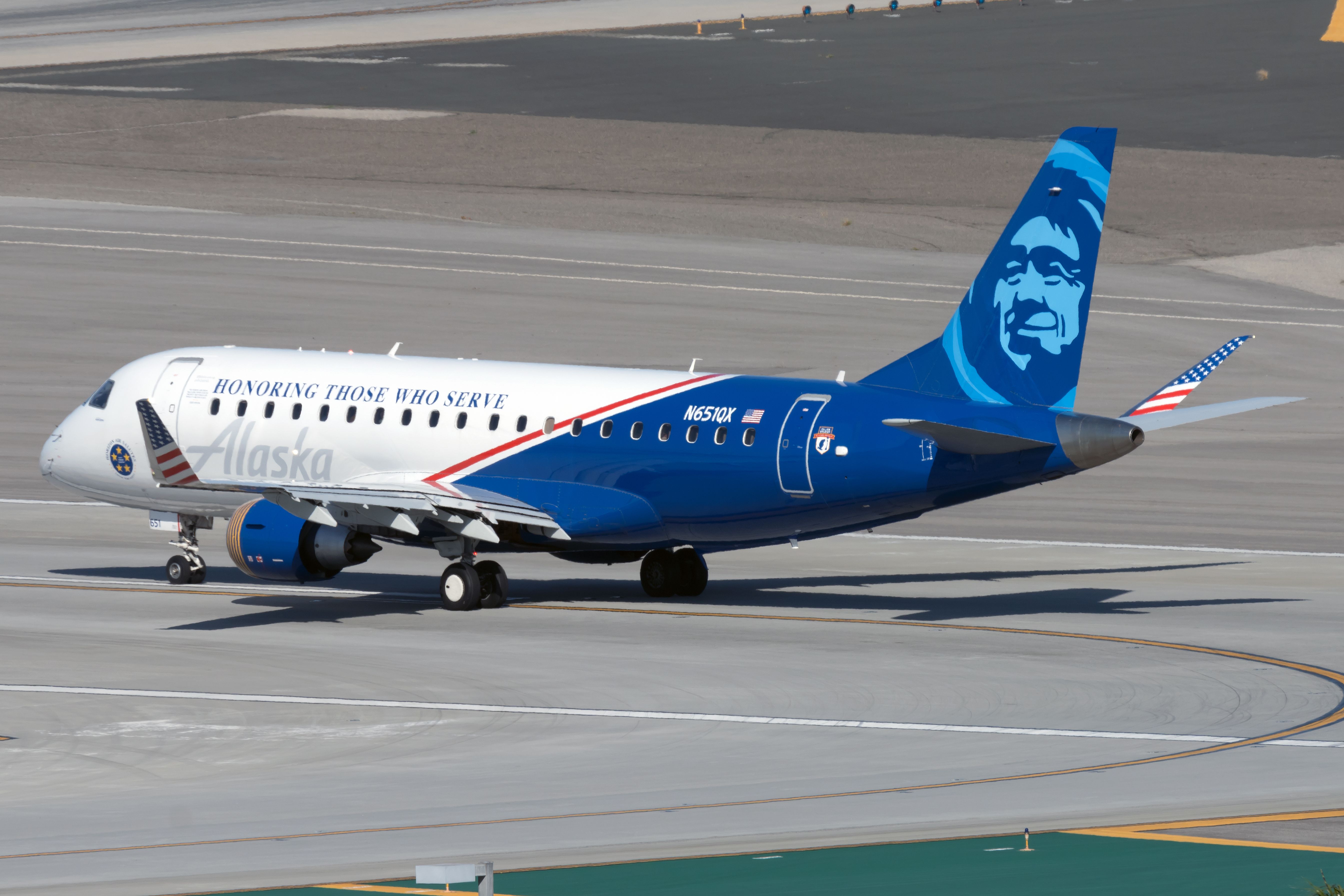The President and CEO of the Regional Airline Association, Faye Malarkey Black, testified today before the House Transportation and Infrastructure Committee addressing the ongoing pilot shortage and what he said was a “coming tsunami of pilot retirements.” Shortly after, the Air Line Pilots Associations (ALPA) released a statement saying that the supply of airline pilots available exceeds the demand for available pilot jobs.
An incoming tsunami
Over the next 15 years, nearly 50% of the commercial airline workforce will be forced to retire because they will reach the age of 65, said Malarkey Black on Wednesday. According to the data presented by the CEO of RAA, there are 70% more pilots aged 43 to 64 than those aged 21 to 42. This will create a perfect storm, or, as he said, the coming tsunami of pilot retirements.
Regional carriers are already facing a strong pilot shortage, as the twelve large carriers in the country hired 13,128 pilots in 2022, sourcing nearly all these pilots from regional carriers. Some regional carriers and RAA members include Air Wisconsin, CommuteAir, Endeavor Air, Envoy, Horizon Air, Mesa Airlines, and Ravn Alaska.
The impacts of this pilot shortage are real, he added. Currently, more than 500 regional aircraft are parked and those jetliners remaining in service are underutilized. This has impacted 308 airports, or about 72% of all US airports, which have, on average, lost one-quarter of their flights.
This shortage is happening despite industry self-help measures such as compensation increases, new partnerships and pathways, and larger carriers. The RAA said that US carriers have not been successful in attracting new cadets outside the industry’s core demographic – white males. The main obstacle is related to access and wealth. “Bottom line, this is an expensive career path.”
What recommendations are there?
Currently, one of the crucial limitations to a pilot is the retirement age. Faye Malarkey said that thousands of willing, healthy, and skilled pilots, who would like to continue working, are being forced out of the profession at age 65. The RAA projects required retirements will peak in 2029. He urged Congress to increase the retirement age again. Aviation safety will not be weakened “as long as existing regulatory safeguards that mitigate risk are continued.”
Get the latest aviation news straight to your inbox: Sign up for our newsletters today.
But in the long term, Congress and the Federal Aviation Administration should expand the training pathways and incorporate modern technology in pilot training. The government should include the possibility of other training pathways that would allow cadets to obtain their first officer qualifications faster but without endangering aviation safety.
Another long-term solution would be to address the financial barriers many face to becoming a pilot (it costs at least $80,000 but can balloon up to $200,000).
There is no pilot shortage
Shortly after Faye Malarkey’s appearance before the Committee, ALPA released a tweet on social media. It said the latest data from the FAA shows that the supply of airline pilots available exceeds the demand for available pilot jobs. Since 2013, about 64,000 new pilots have been produced, and 40,000 were hired, of which 20,000 were hired to accommodate growth.
In fact, there are currently about 1.5 certificated pilots relative to demand, according to Federal Aviation Administration and Bureau of Labor Statistics data, said ALPA. The union believes the industry has a shortage of executives “willing to stand by their business decisions to cut air service and be upfront about their intentions to skirt safety rules and hire inexperienced workers for less pay.”
Do you think there’s a pilot shortage in the United States? How would you address it? Let us know in the comments below.


